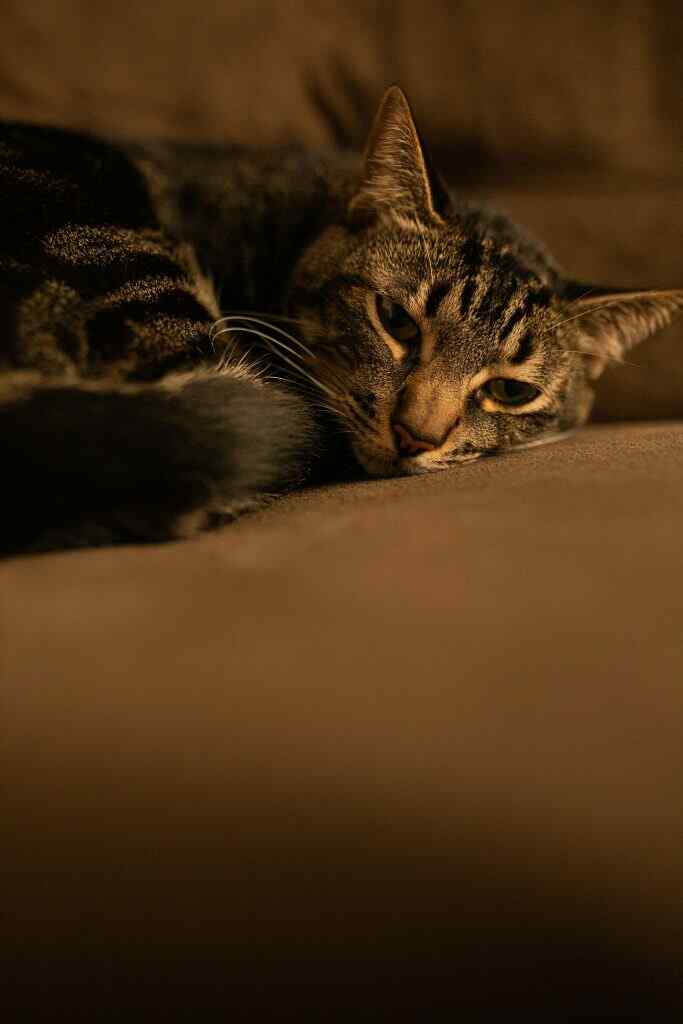Craft in Literature: Unveiling the Art of Storytelling
Embark on a Journey into the Heart of Literary Craft, Where Technique and Creativity Intertwine
The Essence of Craft: Unveiling the Architecture of Literature
In the realm of literature, craft stands as the backbone, the scientific and mathematical underpinning of the creative process. It encompasses elements like plot, pacing, point of view, characterization, scene-setting, structure, and dialogue, forming the intricate framework upon which stories are built.
Craft is a fascinating and ever-evolving aspect of literature, a subconscious skill once mastered yet constantly evolving to surprise readers and invent new structures. It is the art of storytelling, the alchemical process that transforms words into worlds, characters into companions, and emotions into experiences.
Seven Books to Revolutionize Your Understanding of Craft
To delve into the heart of literary craft, we present seven extraordinary books that engage with experimental structures, rebel against the canon, and challenge assumptions that delude us. These books will reshape your perception of the world and literature, pushing the boundaries of storytelling and igniting creativity in aspiring writers.
Craft in the Real World: Rethinking Fiction Writing and Workshopping by Matthew Salesses
Matthew Salesses redefines craft in fiction, challenging the traditional framework of MFA programs and writing workshops. He argues that literature should not exist in a vacuum and that the “responsibilities of actual life” belong in the realm of art. Salesses proposes alternative ideas and methods to revolutionize contemporary fiction.
Body Work: The Radical Power of Personal Narrative by Melissa Febos
Melissa Febos goes against traditional craft books, gathering her experiences, reflections, and analyses of the historical canon. She revolts against misogynistic bias and encourages readers to examine assumptions about writing, such as structuring sex scenes and the place of cruelty in literature. Febos draws on the power of healing through art, makes philosophical arguments on writing ethics, and shows the journey to eliminate the distance between author and narrator.
Draft No. 4: On the Writing Process by John McPhee
John McPhee, a Pulitzer-Prize winner and staff writer at the New Yorker, shares his wisdom, advice, letters, and anecdotes on the writing process. He describes his experiences with editors, fact-checking, the art of omission, escaping writer’s block, and unraveling secrets from interviewees. The book is comprehensive and eloquent, akin to McPhee’s creative nonfiction course at Princeton University.
How to Write an Autobiographical Novel: Essays by Alexander Chee
Alexander Chee’s manifesto explores the beauty of crossed lines between reality and literature, examining identity, memory, and the influence of truth. It is not a guide but a collection of profound and life-changing essays, showcasing Chee’s experiences as a Korean American and the shaping influence of fiction. Chee demonstrates how odd jobs, headlines, tragedies, comedies, and elections can support, inform, and expand the life of an artist and activist.
Meander, Spiral, Explode: Design and Pattern in Narrative by Jane Alison
Jane Alison’s book on craft deals with specific canon examples and thinking about plot, structure, and pacing. It proposes a new way of framing stories, comparing their movements to paintings, music, gardens, houses, living creatures, oceans, and natural motion. Alison encourages writers to experiment with patterns that dictate fiction, offering new and exciting ways of reading, writing, and designing stories.
About Writing by Samuel R. Delany
Samuel R. Delany’s collection of letters, interviews, and essays encompasses a range of topics related to writing. He shares his philosophy of time, engaging with the canon, using flashbacks, building calluses against critics, and the pleasure of language in science fiction. Reading About Writing feels like a late-night conversation with Delany, spinning tales about the writing life, his youth in New York, and the truths he’s uncovered.
Bird by Bird by Anne Lamott
Anne Lamott’s instructional guide uses humor and biting sarcasm to guide readers through the process and pains of writing. She views writing not as a chore but as a spiritual exercise that satisfies and uplifts the soul. Lamott’s philosophy of “taking it bird by bird” encourages writers to break down the writing process into smaller, manageable tasks.
Craft: A Bridge Between Imagination and Reality
Craft is the bridge between imagination and reality, the means by which writers transport readers to different worlds, introduce them to unforgettable characters, and evoke emotions that resonate long after the final page is turned. It is the art of breathing life into words, creating stories that reflect our shared experiences and challenge our perceptions of the world.
As you embark on your literary journey, remember that craft is not a rigid set of rules but a fluid and evolving practice. Experiment with different techniques, explore new structures, and challenge conventions. Embrace the beauty of language and the power of storytelling. Let your imagination soar, and let your words dance on the page.







